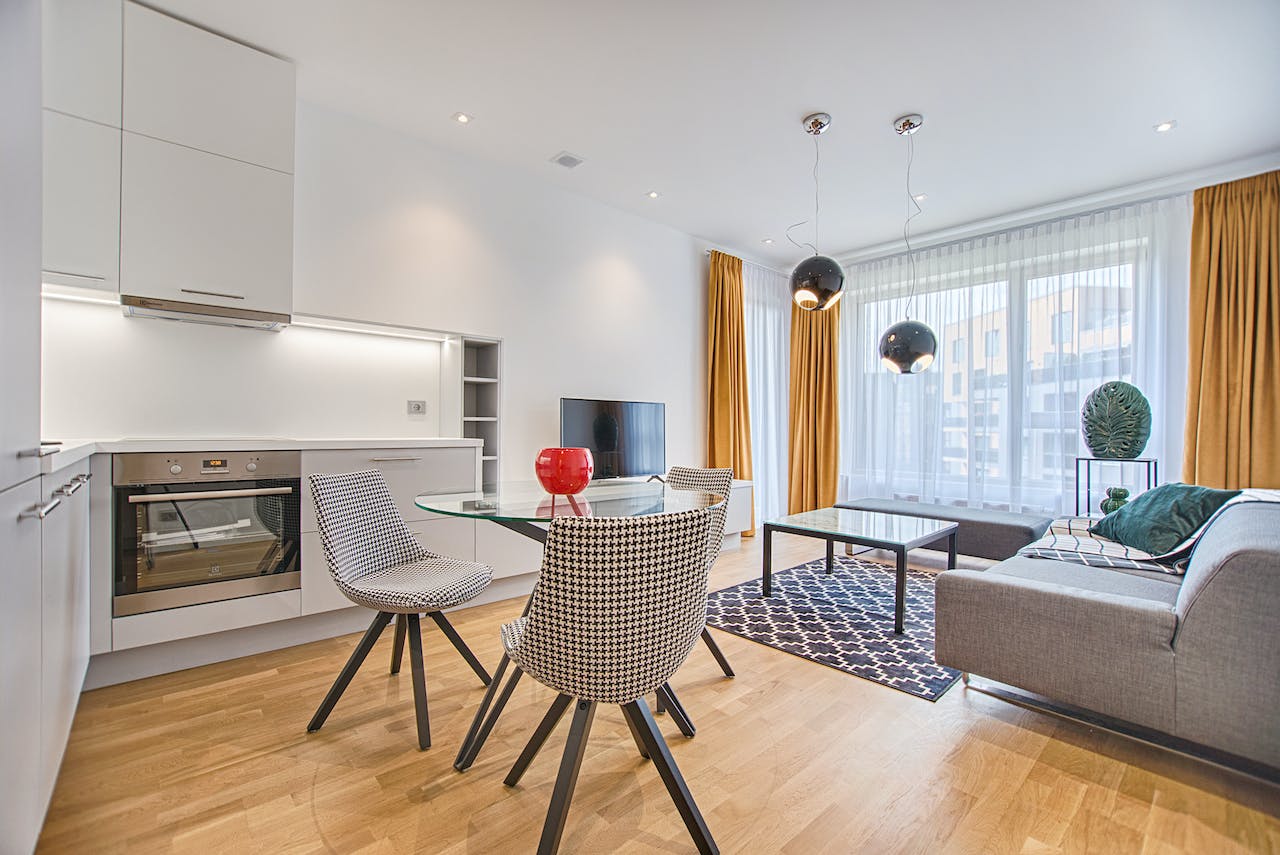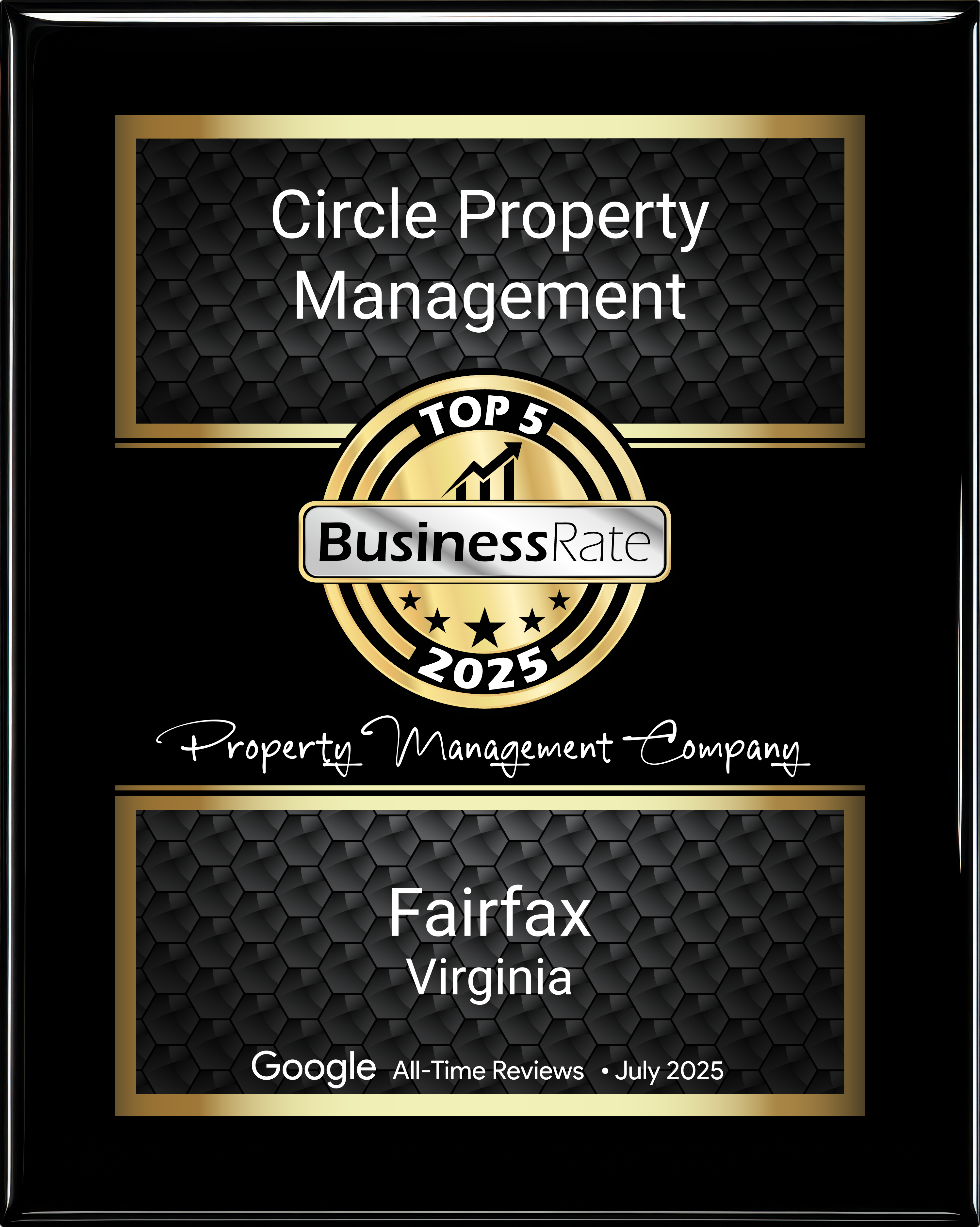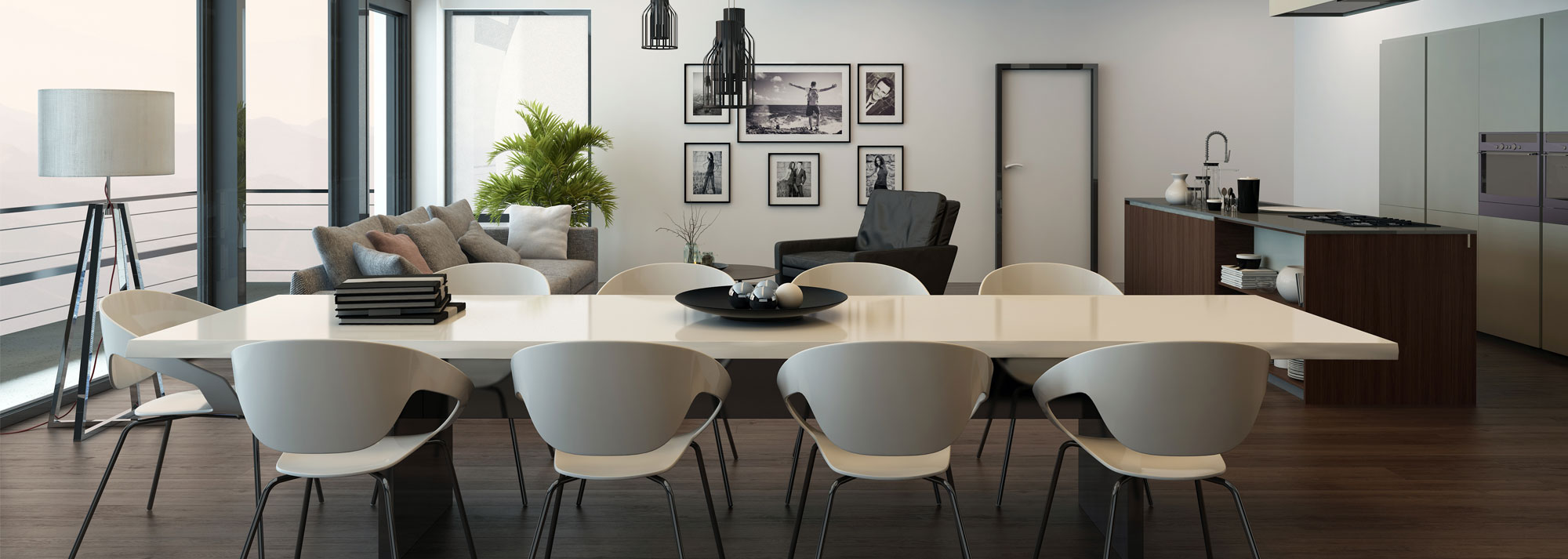
All properties need updates over time, and this is especially true for rental properties. Tenant turnover can cause more wear and tear on your investment, so making improvements as necessary can help protect your rental and keep it appealing to future tenants.
Keeping your rental property updated can have a significant impact on tenant satisfaction, property value, and overall profitability. However, knowing when to make improvements is crucial in maintaining and enhancing the desirability of your rental units.
Updating too often is unnecessary and can result in wasted time and money, but infrequently making improvements can lower your property value and discourage tenants from renewing their lease.
So, when should you make improvements to your rental property? Here are some key factors to consider when deciding to update.
Scuffed, Dull Walls: Time to Paint
Painting every three to five years is recommended, but some landlords choose to paint between tenants. New paint enhances the brightness and cleanliness of the property, as it covers scuff marks and corrects faded color on the walls.
It’s time to paint when the walls and trim look faded, chipped, or stained, no matter how long it’s been since you last painted. Stick to neutral colors like beige, gray, or white, as they appeal to more tenants and help your property look clean and modern.
Worn, Stained Floors: Update Flooring
No renter wants to see stained, worn flooring in their home. Stained or worn-out carpeting needs to be replaced if it can’t be cleaned. In addition, scratched hardwood floors, peeling laminate, and broken tile all need to be repaired or replaced.
Whether you decide to repair or replace your flooring depends on the type of floor in your rental and the amount of damage. Clean, updated floors help maintain a fresh and inviting space for potential tenants and increase the value of your property, so this is one improvement not to put off.
Malfunctioning Appliances or Fixtures: Replace Them
Any malfunctioning appliances need to be fixed or replaced. If the appliances are not energy-efficient and are outdated, it’s likely time to upgrade them. Obsolete appliances can be a turn-off for potential tenants, and replacing them with new, energy-efficient models can add value to your property.
The same is true for light fixtures. Dated light fixtures quickly age a property, and tenants expect to see newer, brighter lights. If the lighting in the property is inadequate or the fixtures are from decades past, it’s time to update them for a modern rental space.
Broken Countertops or Cabinets: Install New Ones
Broken countertops or cabinets can impact a kitchen or bathroom’s function and won’t be appreciated by tenants. While repairs can sometimes suffice, installing new cabinets or counters may be in order.
Upgrading these elements can give the unit a modern, updated look that appeals to renters. Like paint, stick to neutral hues for a cohesive, bright appearance in your rental that will attract more tenants.
Outdated or Problematic Roofing and Siding: Time to Restore
Exterior improvements, such as roofing and siding, are crucial to the performance and value of your investment property. In addition, the exterior of a property is the first thing a tenant will see, so it’s essential to maintain a well-kept exterior.
If the roofing system on your investment property has been giving your tenants problems or the siding is compromised, it’s time to restore these elements. You may be able to repair your roof or siding, but decades-old roofs or siding generally need to be replaced to improve the property’s curb appeal and overall integrity.
What to Consider When Updating Your Rental Property
There are a few important considerations to keep in mind before updating your rental property:
- Look at market trends. Considering market trends can help you make the right improvements to your investment property. For example, if you notice that many rental properties in your area offer granite countertops and stainless-steel appliances, it may be worth making similar upgrades to stay competitive.
- Estimate the potential ROI. While regular maintenance and improvements are necessary, evaluating the potential return on investment for any upgrades is essential. Research the local rental market and the expected rental income for a property with specific improvements to ensure that the cost of the upgrades will be justified by increased rental income or property value.
- Consider your tenants. Not every upgrade will be right for every property or its tenants. For example, if you allow pets in your rental, upgrading to hardwood floors that dogs and cats can scratch may not be the best idea. In addition, if your tenants frequently break cabinets or appliances, it may be worth repairing these items rather than replacing them.
Maximize ROI With Circle Property Management
By keeping your property in excellent condition, you can attract quality tenants, maintain tenant satisfaction, and maximize your returns on investment. Let Circle Property Management help you make the best decisions for your investment property in Northern Virginia—contact us today at (703) 349-0144.
About The Author
 Patrick H. Page - Principal Broker | Licensed in Virginia and the District of Columbia
Patrick H. Page - Principal Broker | Licensed in Virginia and the District of Columbia

















